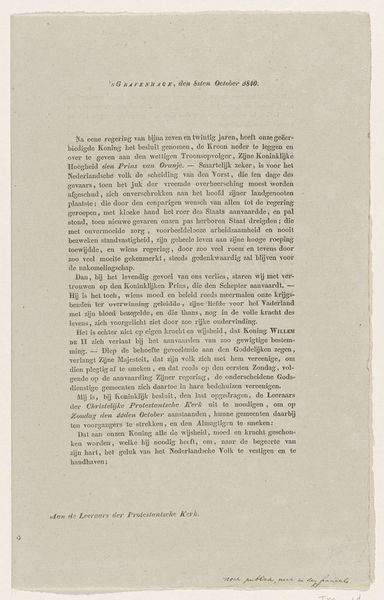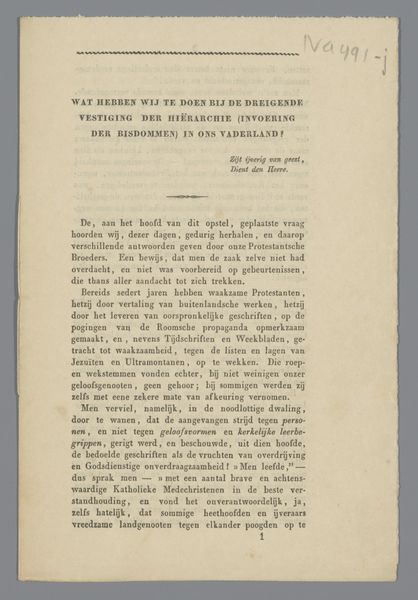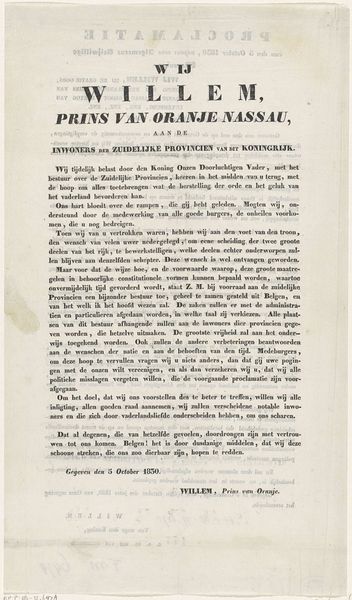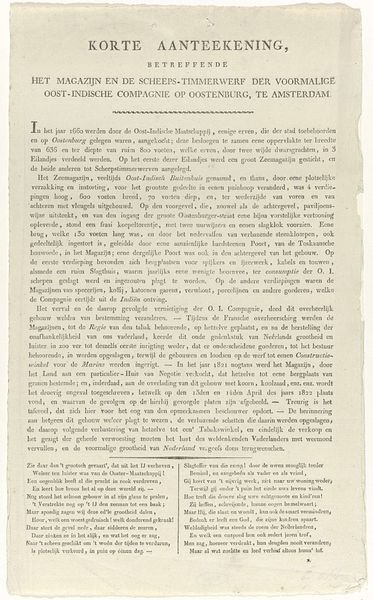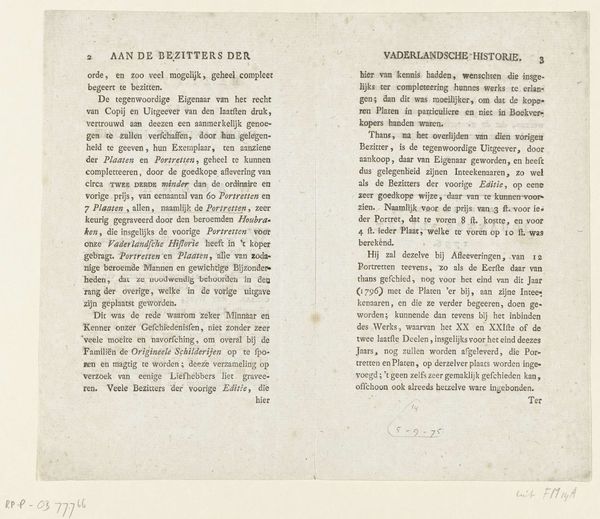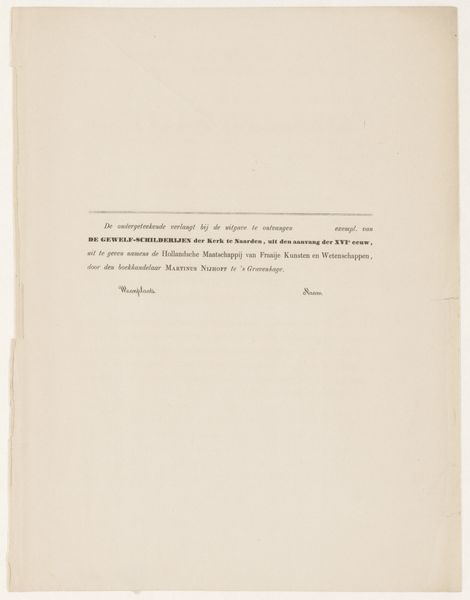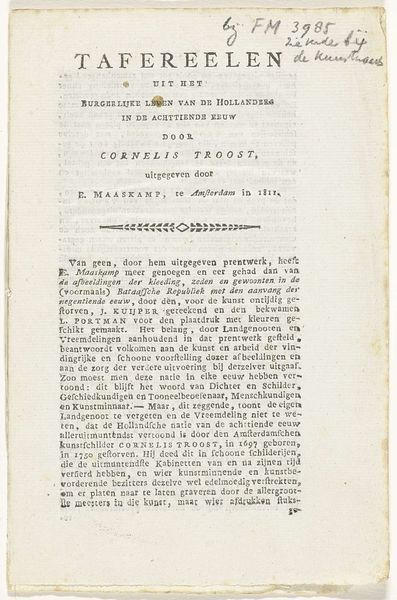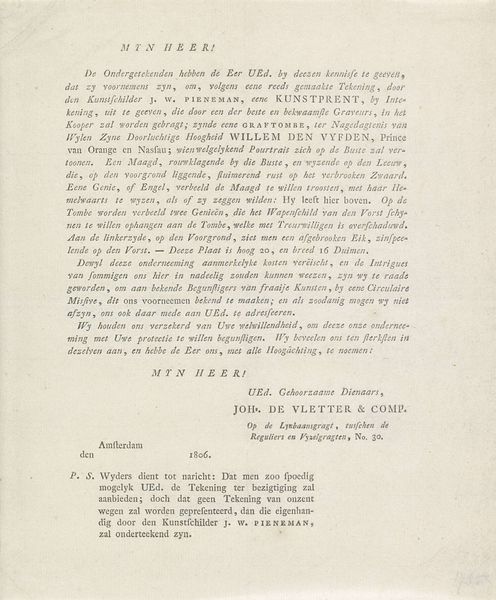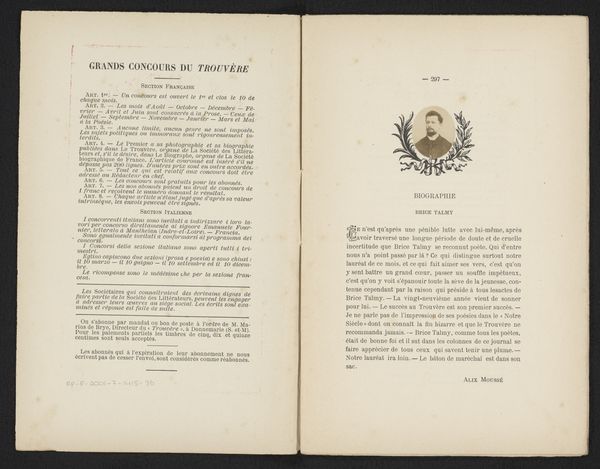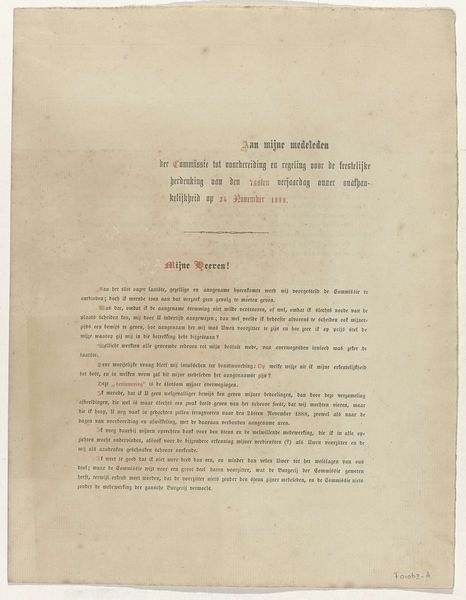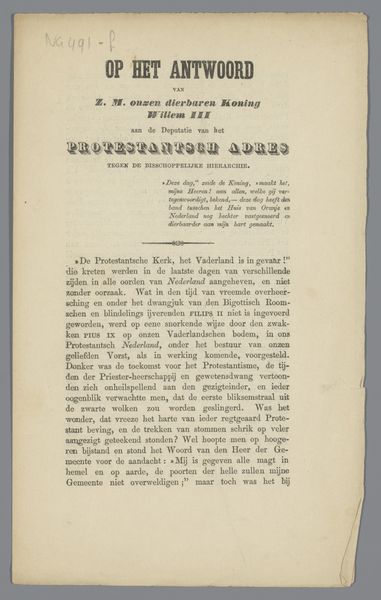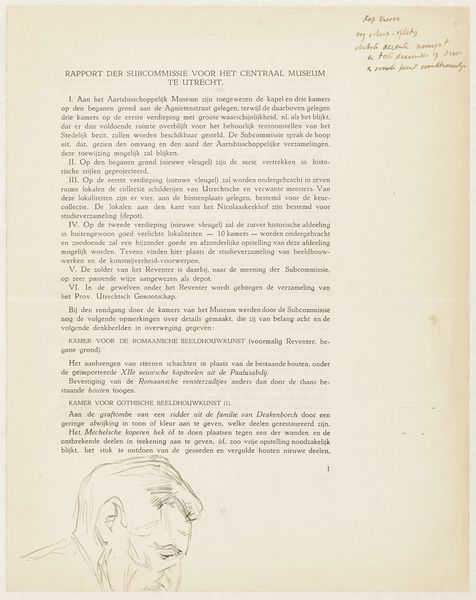
Tekst bij portret van marineofficier Aert Jansz. van Nes 1805
0:00
0:00
johanneschristiaanbendorp
Rijksmuseum
print, etching, paper, typography
# print
#
etching
#
paper
#
typography
#
history-painting
Dimensions: height 448 mm, width 309 mm
Copyright: Rijks Museum: Open Domain
Curator: This etching, dating back to 1805, titled "Tekst bij portret van marineofficier Aert Jansz. van Nes," by Johannes Christiaan Bendorp, fascinates me because it challenges our conventional notions of what constitutes art. The materiality of the paper, the printmaking process, and the deliberate inclusion of typography foreground the work's means of production, drawing attention to the labor involved in its creation. Editor: I see... it’s a really wordy piece. It's more text than image. What should someone make of this combination? Curator: Consider the social context in which it was produced. Printed matter like this disseminated information, shaped public opinion, and bolstered the reputations of individuals like Aert Jansz. van Nes. So, who do you imagine was its target audience, and what kind of access did they have? Editor: I guess the public since it was made as print, something replicable, and maybe relatively cheap? And I'm going to go out on a limb here - does the Dutch East India Company have any connection here? I am trying to account for its accessibility at that period in time! Curator: A sharp question, indeed. This piece provides insights into a very crucial matter: The maritime prowess was supported by people who made and distributed objects. It highlights the interconnectedness of military might, economic power, and artistic representation during the age of sail. By emphasizing process and material, Bendorp's print implicitly critiques the romanticized narratives of heroism so common at that time. Does this understanding change your perspective on the work’s effectiveness as a visual object? Editor: Absolutely! Focusing on materiality opens my eyes to understanding not only labor but also production. It challenges our understanding of "art," doesn’t it? Curator: Precisely. It moves beyond simple aesthetics. It forces us to consider who controls the means of representation, and what social purpose is served.
Comments
No comments
Be the first to comment and join the conversation on the ultimate creative platform.
